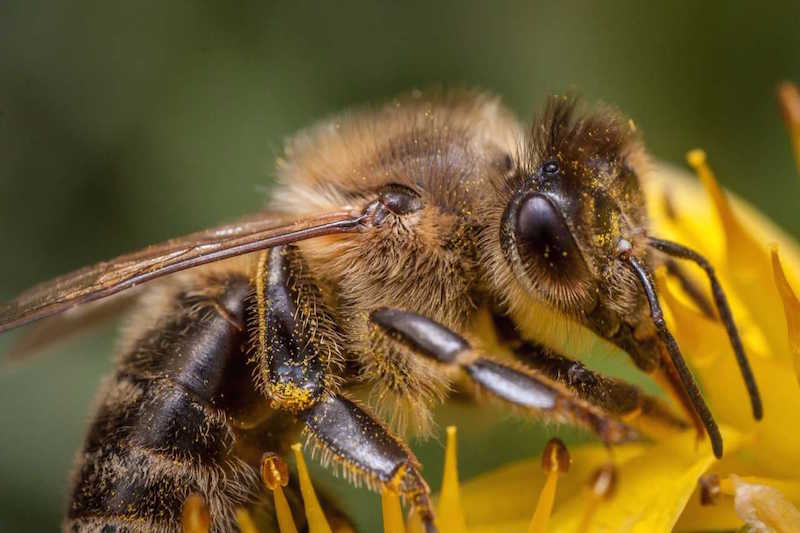Scientists create buzz over first-ever global bee map

A recent study published in Current Biology has created the first modern map of all 20,000 bee species across the globe.
Given that bees are insects we rely heavily on to pollinate our crops, a surprisingly little amount is known about bee populations, apart from that their numbers continue to decline around the world.
“People think of bees as just honey bees, bumblebees and maybe a few others, but there are more species of bees than of birds and mammals combined,” Dr. John Ascher of the National University of Singapore told BBC News.
Bees provide essential services to our ecosystems and are the major pollinators of many of our staple foods, Dr. Alice Hughes of the Chinese Academy of Sciences in Yunnan said.
“[With our map] we combined millions of records to create the first maps of global bee richness, and understand why we see these patterns.”
It is crucial to understand the patterns of diversity in order to work to conserve the bee populations.
“These maps and our framework can then form the basis of future work, enabling us to better understand patterns of bee richness and ensure that they are effectively conserved into the future,” Hughes told BBC News.
To create their maps, the researchers compared data about the occurrence of individual bee species with an enormous checklist of over 20,000 species compiled by Dr. Ascher.
By establishing a reliable baseline we can characterize bee declines and “distinguish areas less suitable for bees from areas where bees should thrive but have been reduced by threats such as pesticides, loss of natural habitat and overgrazing,” Ascher was quoted as saying.
The research has shown that bees are an anomaly to the rule of thumb that the diversity of many plants and animals increase toward the equator and decrease toward the poles.
Bees are most numerous in two bands around the globe, “having more species away from the poles and fewer near the equator”, reports ScienceDaily.com.
Higher concentrations of bee diversity can be found in the Northern Hemisphere than in the Southern Hemisphere as well as more in dry desert and temperate regions than in humid, tropical and forested regions.
The authors see this research as an essential starting point for future, more detailed bee research.









































